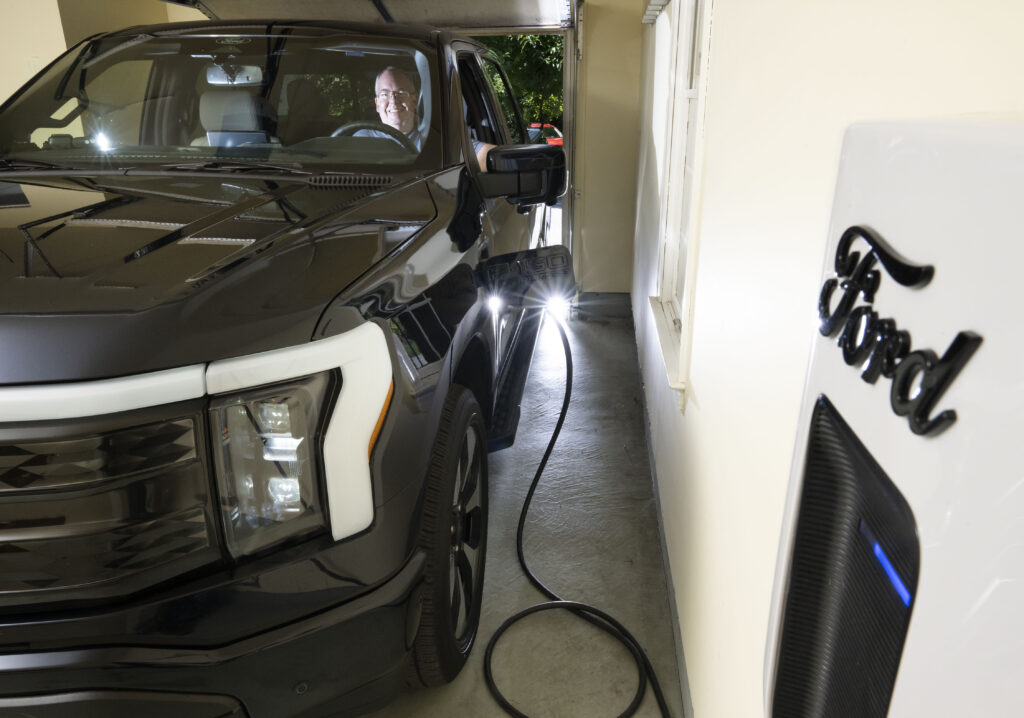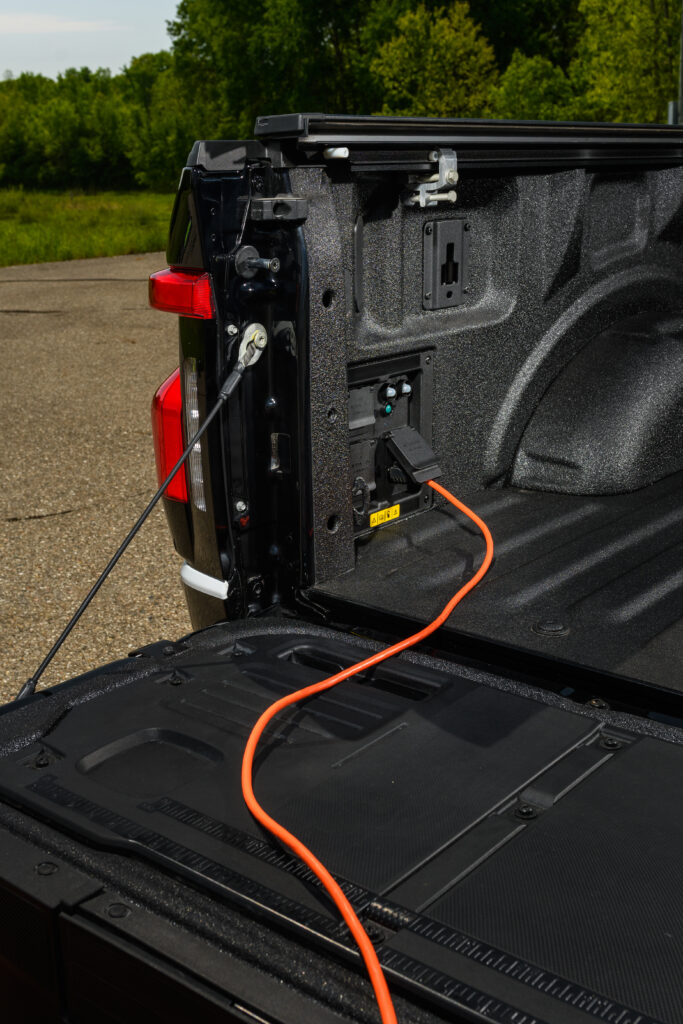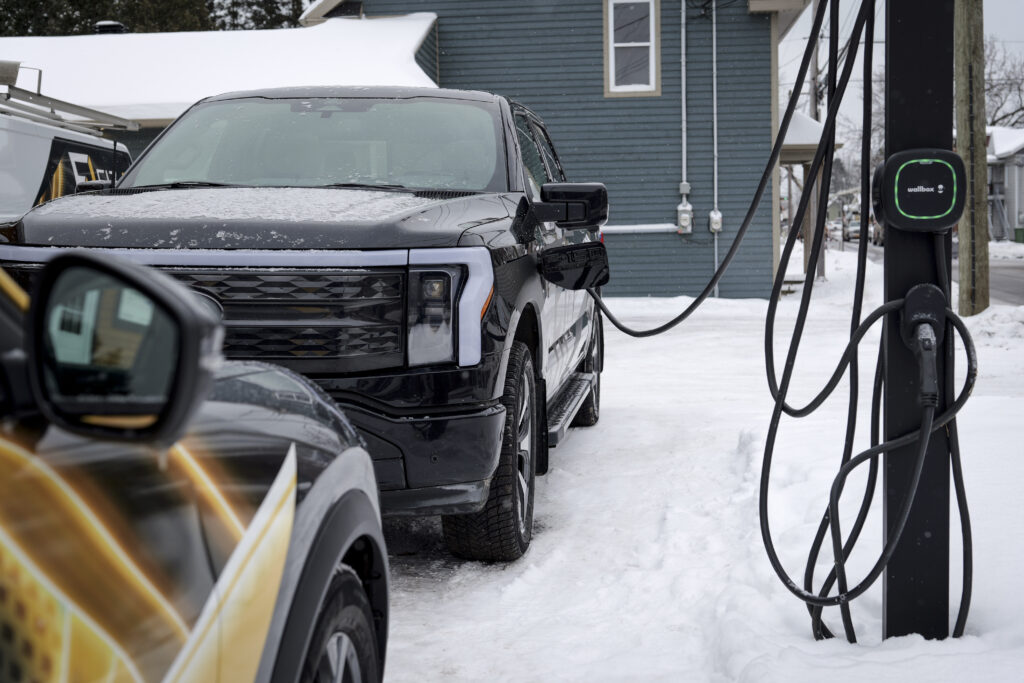
Sunrun, a leader in solar energy and storage solutions, has launched an innovative pilot program that leverages the power of electric vehicles (EVs) to support home energy needs and stabilize the grid. This groundbreaking initiative marks the first operational bidirectional electric vehicle power plant in the United States, utilizing customer-owned Ford F-150 Lightning trucks. In collaboration with Baltimore Gas and Electric Company (BGE), Sunrun is setting a new benchmark in sustainable energy solutions.
The pilot program, funded by the U.S. Department of Energy, involves three Sunrun customers within BGE’s service territory. Each participant owns a Ford F-150 Lightning equipped with the Ford Charge Station Pro and Home Integration Systems, provided exclusively by Sunrun.
This setup enables these electric trucks to function beyond mere transportation, allowing them to serve as emergency power sources for their homes. This initiative represents a significant advancement in using EV technology for practical, real-world applications.

The simplest explanation is that you can use your Ford to charge more than just your smartphone.
Enhancing Grid Resiliency and Stability
During peak demand periods, particularly in the summer months, the power grid can be under tremendous stress. From June 1 to September 30, 2024, between 5 p.m. and 9 p.m. on weekdays, the enrolled F-150 Lightning trucks will supply stored energy back to the grid.
This bidirectional charging capability not only provides a backup power source for the participating households but also helps reduce the overall demand on the grid. This approach enhances the resilience and stability of the electrical infrastructure, providing a buffer against potential outages and contributing to overall grid efficiency.
Advanced Technology for Sustainable Energy Solutions
At the heart of this project is Ford’s Intelligent Backup Power system, a state-of-the-art technology that enables seamless transition from charging mode to home power supply. This system can provide up to 10 days of electricity during outages, depending on the home’s energy consumption.

This functionality is particularly crucial in areas prone to severe weather events, where power outages can be frequent and prolonged. The ability to use EVs as mobile power stations offers a practical and sustainable solution for energy resilience, reducing dependence on fossil fuels and traditional power sources.
Economic and Environmental Benefits
The pilot program not only provides technical and practical benefits but also offers economic incentives to the participants. The energy shared from the trucks during the dispatch windows will be compensated, with an estimated payment of $800 over the four months of the program.
This financial benefit, coupled with the environmental advantages of reducing reliance on the grid, highlights the program’s comprehensive value proposition. It also sets a precedent for similar initiatives, demonstrating how clean energy can be both a cost-effective and eco-friendly alternative.

The success of this initiative underscores the potential of vehicle-to-home (V2H) and vehicle-to-grid (V2G) technologies. These technologies allow EVs to not only receive power from the grid but also return power to the grid or directly to homes. This bidirectional flow of energy can be a game-changer, especially as the adoption of electric vehicles continues to rise.
By providing a stable, reliable, and decentralized power source, V2H and V2G technologies can play a critical role in the transition to a more sustainable energy system.
Future Implications and Expansion
Sunrun CEO Mary Powell emphasized the broader implications of this initiative, stating, “This program is a significant proof of concept—no other market player has done this—and the goal is to expand these programs all around the country.” The pilot not only demonstrates the feasibility of this technology but also provides invaluable data on user behavior and system performance.

These insights will be crucial for scaling up the program, offering incentives for more EV owners to participate, and exploring direct vehicle-to-grid capabilities. The potential for widespread adoption of these technologies could revolutionize energy management and grid reliability across the country.
A Vision for the Future
The collaboration between Sunrun, BGE, and Ford sets a powerful example of how utilities and clean energy companies can work together to achieve ambitious sustainability goals. Maryland’s leadership in this area, supported by recent legislative mandates, positions the state as a pioneer in integrating renewable energy sources with innovative technologies. As other states and regions observe the outcomes of this pilot, we can expect a ripple effect, with similar programs being adopted nationwide.

In conclusion, Sunrun’s vehicle-to-home power plant initiative represents a transformative step toward a more sustainable and resilient energy future. By harnessing the power of customer-owned EVs, this program not only provides immediate benefits to participants but also lays the groundwork for a more adaptable and reliable energy grid.
As the program evolves and expands, it promises to play a pivotal role in the clean energy transition, offering a blueprint for integrating renewable energy technologies into everyday life.
To be fair, this is still a pilot program, so there are plenty of kinks to iron out. If you own a F-150 Lightning, would you consider being one of the first beta testers?




